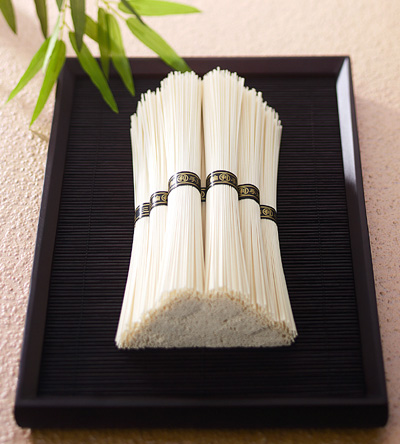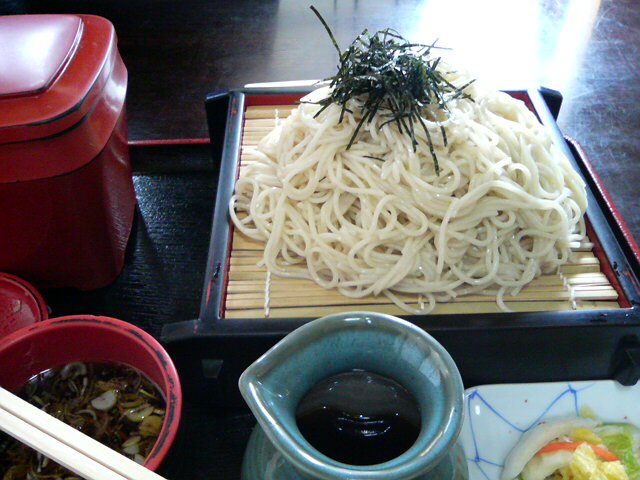What I think is really extravagant in the history of the second half of the 19th century is that the Great Empire of Japan has almost managed to believe his false ideological history to Westerners: Japan has been the dawn of time. In reality, Japan is a newcomer compared to China and even Korea. At the time of the meeting of the Japanese with the Chinese culture of about two thousand years ago, Japanese civilization without letters were just emerging. The Japanese language did not varied vocabulary, and it was a fairly simple language. The knowledge of China was fatal for Japanese. It has completely stopped its own development, as there were more appropriate, since the loan of the Chinese language course outweighed the creation of new Japanese words now. Thus, the elementary words remain undifferentiated, private power developments. The
telling example is the word hanasu , verb meaning "talk" (the form shown in the dictionary is indicative, like Latin and Greek). Phonetically, the word in three syllables also means "let go" and "remove". But the Japanese are generally largely unaware of this disambiguation, because they use the respective Chinese characters that determine the specific meaning of the word. Originally, the word hanasu showed an ambiguous concept which meant the action of removing something, but the borrowing of Chinese characters has made possible the specification of meaning. To speak the word, the Japanese 話す write, but they use different kanji for "letting go" and "remove" and 放す 離す. One could say that the Japanese are not fond of discussion, they do not want to release their property.
Moreover, another word for verbal communication has a negative meaning, which the Japanese are not necessarily aware for the same reason. The verb Kataru means "tell" when it is written 語る (言 the left shows that this character belongs to the class on the floor). But if you use another character 騙る, it means "swindle". I tend to believe that the Japanese are or have found ways more or less evil in the word. (In French, the spoken word has the same origin as the devil.)
can find this element in the Kataru monogatari word which means to about "things told." There are many monogatari in medieval literature: Ise monogatari, Genji monogatari, Heike monogatari . The first story in the history of Japanese literature is headed Taketori monotagari , which speaks of the moon princess Kaguya.
telling example is the word hanasu , verb meaning "talk" (the form shown in the dictionary is indicative, like Latin and Greek). Phonetically, the word in three syllables also means "let go" and "remove". But the Japanese are generally largely unaware of this disambiguation, because they use the respective Chinese characters that determine the specific meaning of the word. Originally, the word hanasu showed an ambiguous concept which meant the action of removing something, but the borrowing of Chinese characters has made possible the specification of meaning. To speak the word, the Japanese 話す write, but they use different kanji for "letting go" and "remove" and 放す 離す. One could say that the Japanese are not fond of discussion, they do not want to release their property.
Moreover, another word for verbal communication has a negative meaning, which the Japanese are not necessarily aware for the same reason. The verb Kataru means "tell" when it is written 語る (言 the left shows that this character belongs to the class on the floor). But if you use another character 騙る, it means "swindle". I tend to believe that the Japanese are or have found ways more or less evil in the word. (In French, the spoken word has the same origin as the devil.)
can find this element in the Kataru monogatari word which means to about "things told." There are many monogatari in medieval literature: Ise monogatari, Genji monogatari, Heike monogatari . The first story in the history of Japanese literature is headed Taketori monotagari , which speaks of the moon princess Kaguya.



